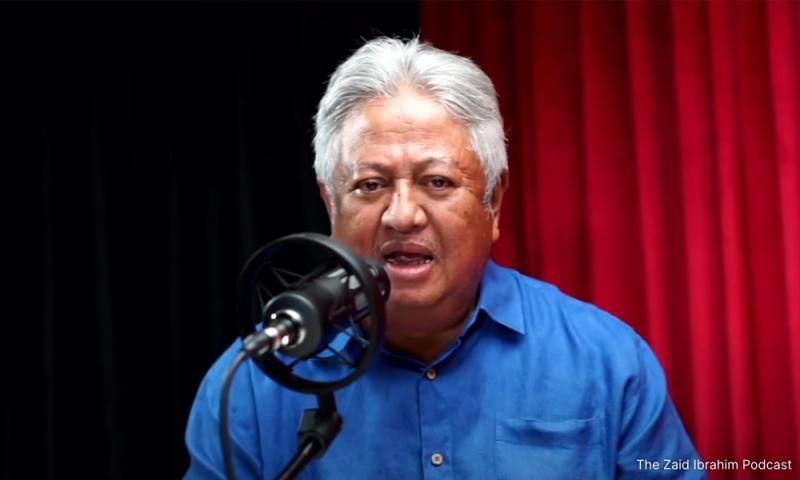More than 40 years after the NEP, Vision 2020, New Economic Model, ETP and Score the indigenous people of Sarawak still rank the lowest in terms of educational attainment, occupational hierarchy and more than 50 percent of them have either primary or no formal education.
These findings are confirmed by the 1991, 2000 Population & Housing Census and projected figures from the 2009 Labour Force Survey. The percentage share of the Dayaks in the Agriculture sector is growing in Sarawak instead of declining.
This contradicts the Vision 2020's objective that an economic sector should not be dominated by one ethnic group. This shows that there is no upward mobility for the Dayaks. The majority of the Dayaks cannot move up to the more value-added tertiary sector.
Those Dayaks in the tertiary sectors are working as elementary workers. More than 70 percent of these Dayak workers are still expected to be around after 2020 or 2030. How can they be benefited from the jobs generated by Score.
How can Score train extra 1.5 million skilled workers by 2030 when currently less than 1 percent of the enrolment in the secondary schools are in Secondary Technical and Vocational Schools?
All these show that the Dayaks are moving in the direction of economic exclusion and marginalisation. I appeal to the Dayak scholars and academicians to compile the human capital base of Sarawak by ethnicity and to simulate the scenarios by 2030 or 2050 based on the current affirmative action plans formulated by the federal or state government to integrate the Dayaks into the economic system of Malaysia.
The two ethnic groups in Sarawak which are most neglected are the Iban and "other bumiputera". They are so far behind that it takes more than a generation for them to attain educational parity with other ethnic groups.




